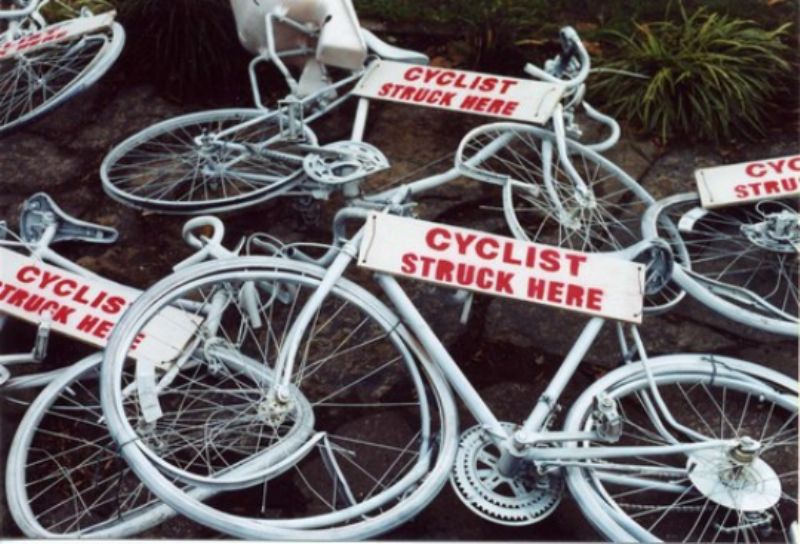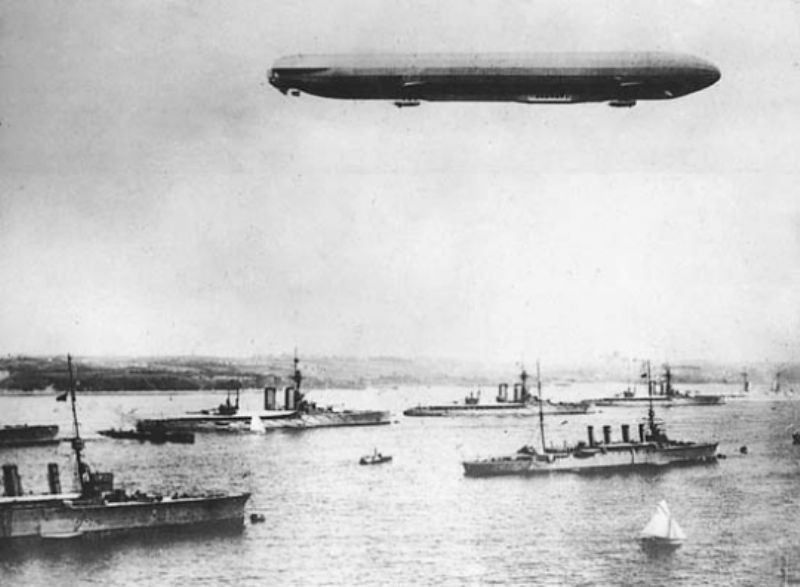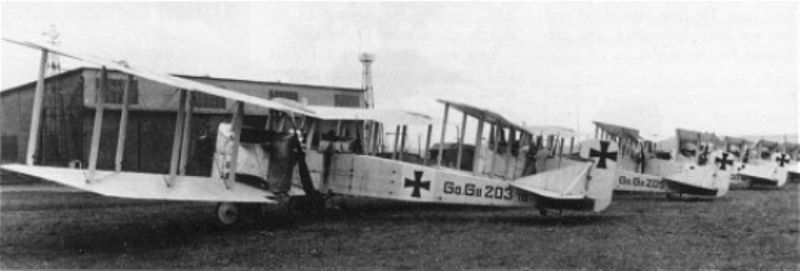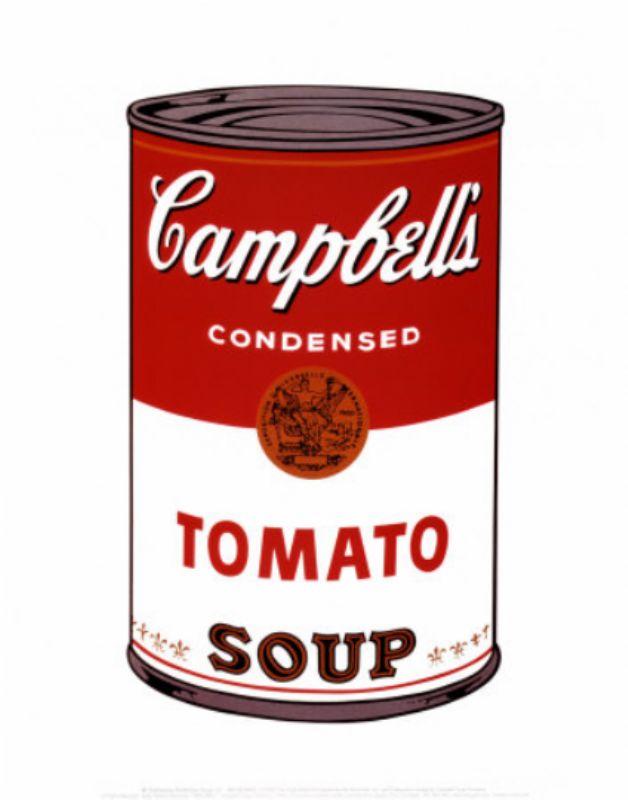Went along to an event at The Wallace Collection, Manchester Square, this evening, not knowing what to expect. Found myself featured in a 116-page ‘Big Black Book’ – the Evening Standard‘s version of ‘London’s 1000 Most Influential People‘. Among the people I caught up with was Koy Thomson, now CEO of the London Cycling Campaign, whose full-page photo (cycling across Tower Bridge with a phalanx of other cyclists) graces the page opposite my entry. Love what they do. Merited or not, it’s great to be in such distinguished company, though something of a shock to see my age listed as 59. Again, some part of the brain protests, some mistake surely?
Still, much better than the ‘Blue Book’ that the wretched John Birch Society used in the heyday of the McCarthyism to pillory those suspected of Communism or unduly left-wing sympathies. Read their Wikipedia entry and they seem almost benign, but during the Vietnam War they were vicious. I remember visiting one man who had ended up in the Blue Book when Elaine and I were on our ‘honeymoon’ in the Pacific Northwest, having finally decided to get married after five years together to ensure cheap flights to the US. This was Professor Giovanni Costigan, a lovely man who made us completely at home. One of the people I wish I could have bottled, in the positive sense.











